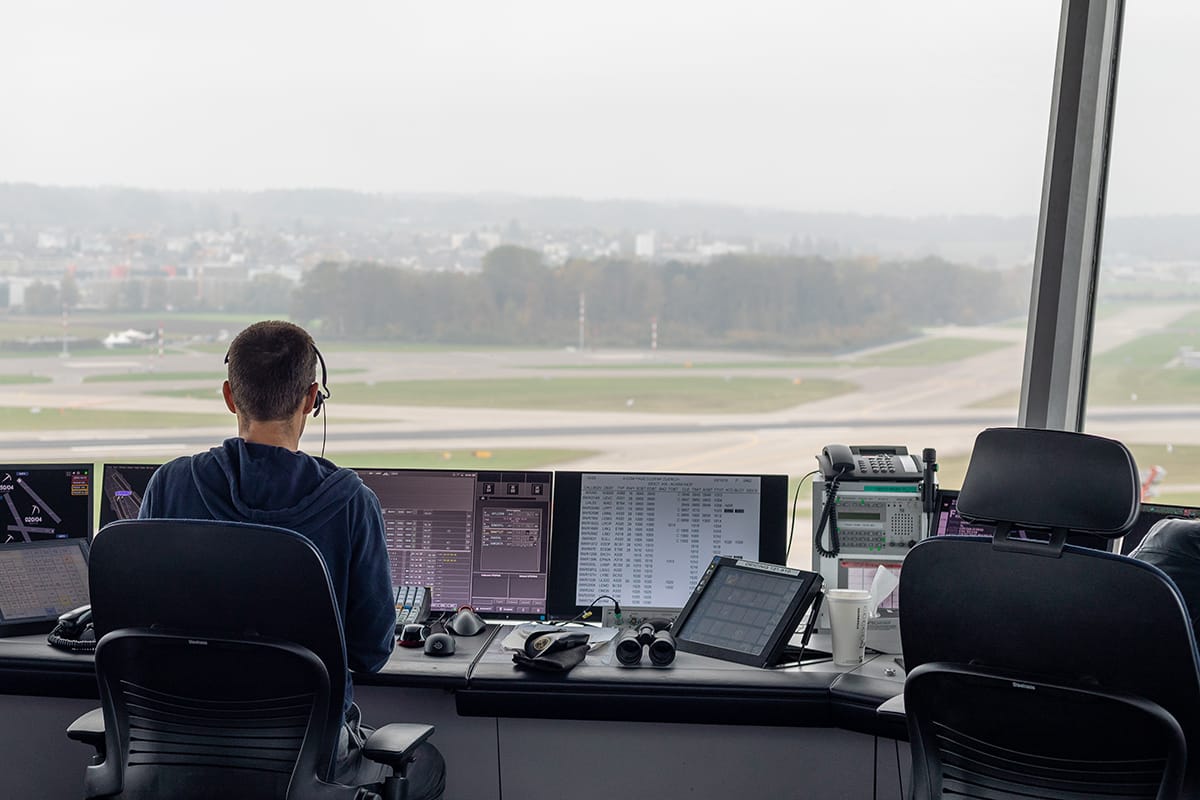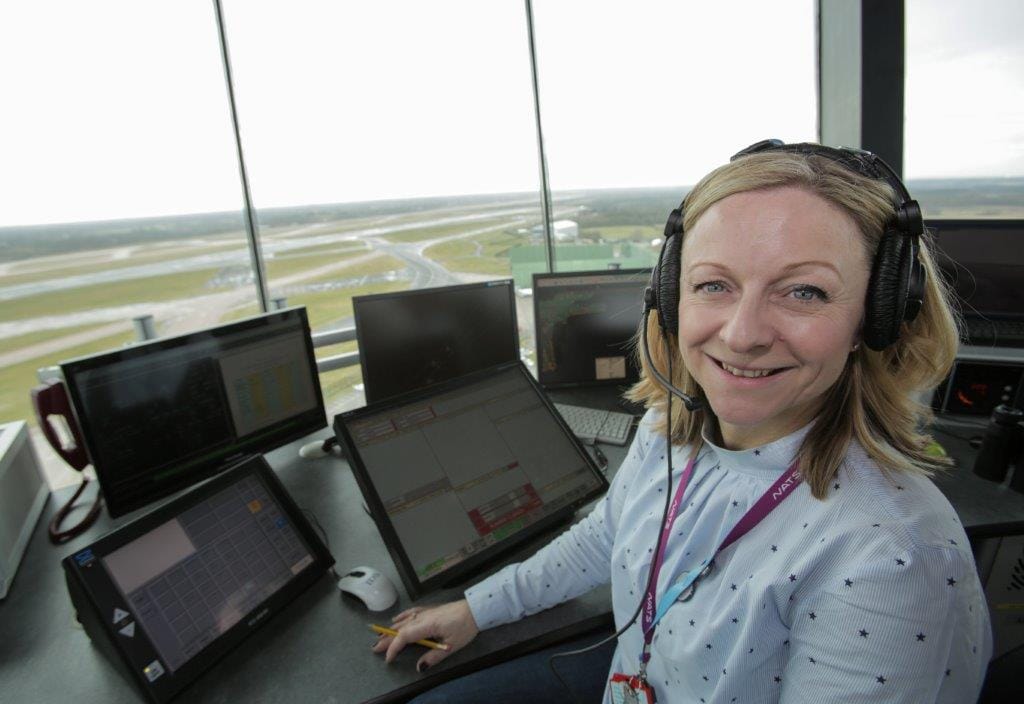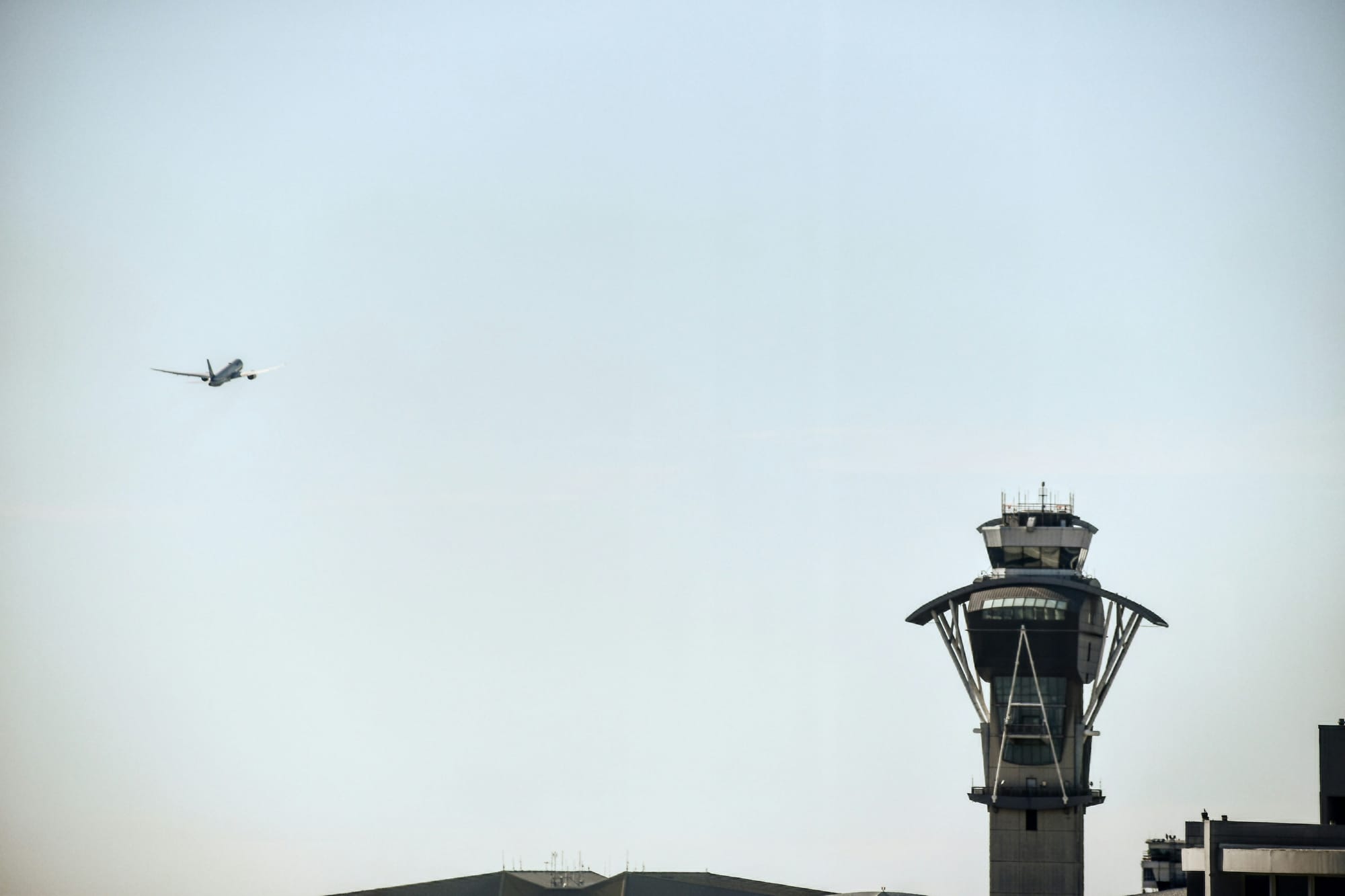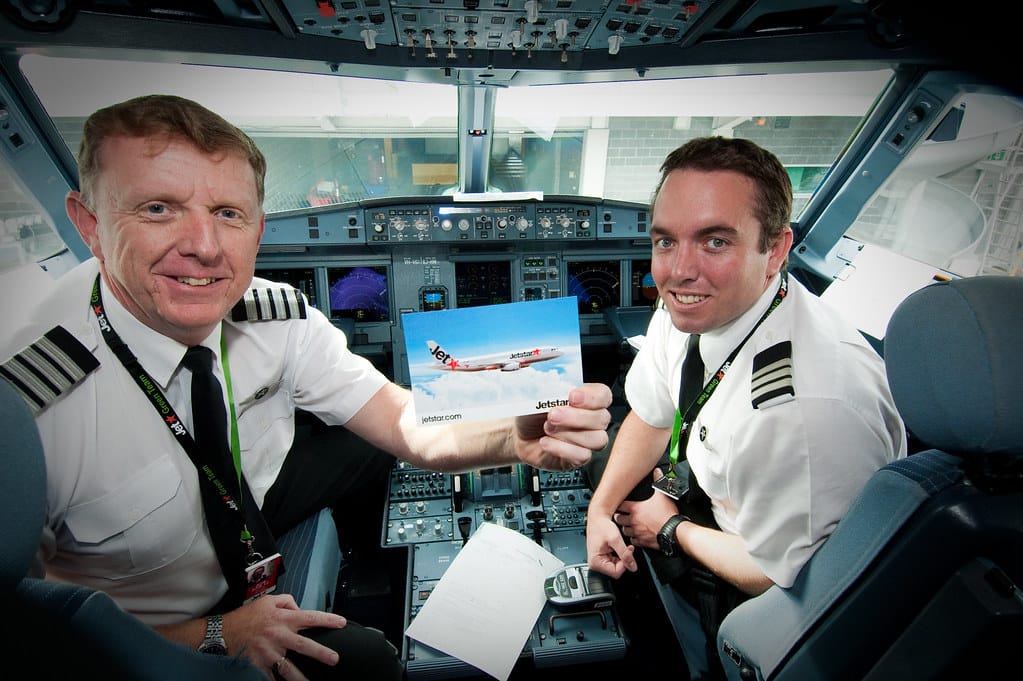The Persistent Shortage of Air Traffic Controllers Will Continue for Years

In the dynamic and high-stakes world of aviation, the role of air traffic controllers (ATC) is paramount. These professionals are responsible for ensuring the safe and efficient movement of aircraft within the national airspace. However, the Federal Aviation Administration (FAA) has been grappling with a significant shortage of air traffic controllers for several years. This shortage poses a serious risk to aviation safety and efficiency and is projected to persist well into the future. Several factors contribute to this critical shortage, including lengthy training processes, high attrition rates, and the invaluable yet irreplaceable role of tribal knowledge and experience among seasoned controllers.
The Root Causes of the Shortage

Lengthy Training Process – Becoming a fully certified air traffic controller is a rigorous process that requires several years of training. After passing a series of initial aptitude tests and completing a basic training program, trainees must undergo extensive on-the-job training. This period can last between two and four years, during which they must master complex skills under the supervision of experienced controllers. This extended training duration means that even when new candidates are hired, it takes a considerable amount of time before they can operate independently.
High Attrition Rates – The profession of air traffic control is known for its high stress levels, which contribute to a higher-than-average attrition rate. Controllers must maintain intense concentration for prolonged periods, managing multiple aircraft and responding swiftly to changing situations. This demanding environment leads to burnout, with many controllers opting for early retirement or seeking less stressful employment opportunities. Additionally, a significant portion of the current workforce is nearing retirement age, further exacerbating the shortage.
Budget Constraints and Bureaucratic Challenges – Budgetary limitations and bureaucratic hurdles within the FAA also play a role in the staffing shortage. Funding for hiring and training new controllers is often subject to government budget cycles and political considerations, leading to inconsistent recruitment efforts. The bureaucratic nature of the FAA can slow down the implementation of effective staffing solutions, making it challenging to respond swiftly to workforce shortages.
Tribal Knowledge and Experience

In the realm of air traffic control, tribal knowledge and experience are invaluable assets. Tribal knowledge refers to the unwritten, experience-based knowledge that seasoned controllers acquire over years of working in the field. This knowledge encompasses a deep understanding of local airspace peculiarities, common traffic patterns, and effective communication strategies that are not always covered in formal training programs.
Experienced controllers possess an intuitive grasp of air traffic dynamics that allows them to make quick, informed decisions in high-pressure situations. They have encountered a wide range of scenarios and can draw on their past experiences to manage complex situations effectively. This kind of expertise is particularly crucial during peak traffic periods or emergencies, where rapid and accurate decision-making can prevent accidents and ensure the smooth flow of air traffic.
One of the key challenges in addressing the ATC shortage is the effective transfer of tribal knowledge from seasoned controllers to new trainees. Mentorship programs are essential in this regard, enabling experienced controllers to share their insights and practical know-how with the next generation. However, the high attrition rates and impending retirements mean that this transfer of knowledge is not always as seamless or comprehensive as needed. The loss of experienced controllers results in a knowledge gap that cannot be quickly filled by new recruits, further compounding the staffing issue.
Where do we go from here?

The shortage of air traffic controllers is a complex problem with no quick fixes. The lengthy training process, high attrition rates, and the indispensable role of tribal knowledge all contribute to a situation that will likely persist for many years. Addressing this issue requires a multifaceted approach:
- Enhanced Recruitment Efforts: Increasing the number of candidates entering the training pipeline is essential. This may involve offering incentives such as higher salaries, signing bonuses, and improved working conditions to attract new recruits.
- Streamlined Training Processes: While maintaining rigorous standards, exploring ways to streamline and accelerate the training process could help bring new controllers online more quickly.
- Retention Strategies: Implementing measures to retain existing controllers, such as providing better mental health support, reducing stress levels through improved technology, and offering opportunities for career advancement, can help reduce attrition rates.
- Knowledge Management: Establishing robust mentorship programs and knowledge management systems to capture and disseminate tribal knowledge is critical. This can ensure that valuable experience is passed on to new controllers effectively.
Final Thoughts
The shortage of air traffic controllers is a pressing issue with significant implications for aviation safety and efficiency. Addressing this challenge requires a concerted effort to recruit, train, and retain a skilled workforce while preserving the invaluable tribal knowledge that seasoned controllers bring to the field. Only through such comprehensive measures can the FAA hope to mitigate the risks associated with this ongoing shortage and ensure the continued safety and reliability of the national airspace system.





